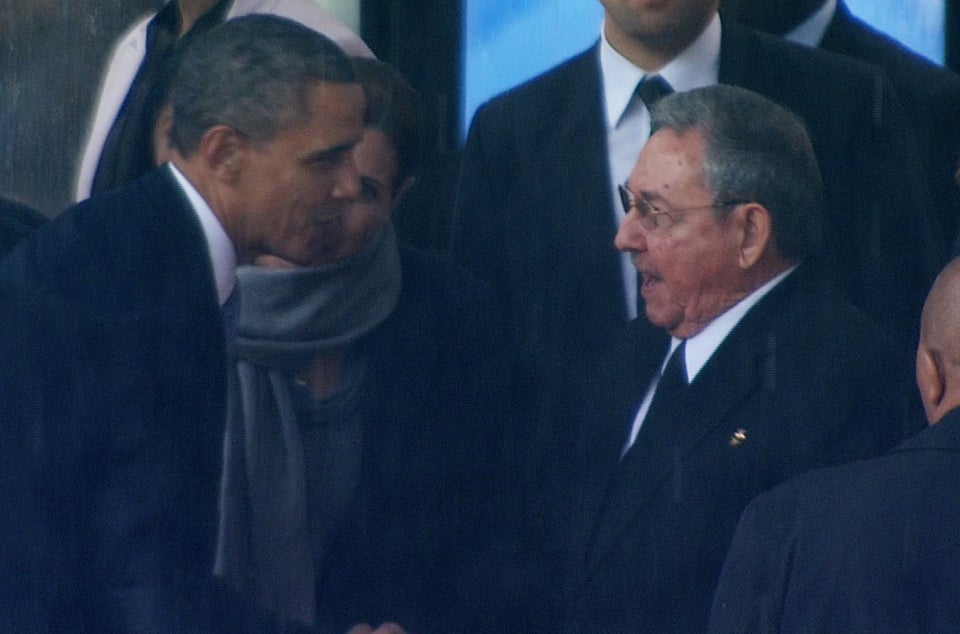
Last summer, the state of Pennsylvania sent out mailers to hundreds of thousands of residents, suggesting that they lacked the documents needed to comply with a new law requiring voters to display specific forms of ID at the polls. A judge stopped that law from going into effect prior to the November 2012 elections, but not before the mailers effectively convinced more than 35,000 likely voters that they might as well stay home on Election Day, according to a new analysis by the AFL-CIO.
The labor federation examined turnout figures for the 758,000 registered voters targeted by the state's mailer campaign -- those who appeared to lack official ID. They were significantly less likely than other Pennsylvanians to cast a ballot in the November election, the union found.
And they were more likely to be Democrats. Among voters who apparently stayed home because of the law, registered Democrats outnumbered registered Republicans by more than 2.5 to 1, according to the analysis.
"This law was always meant to confuse and intimidate legitimate voters, for the political advantage of the party who advocated for ID requirements," said Rick Bloomingdale, president of the Pennsylvania AFL-CIO, in a statement. "This analysis proves that even before being implemented, this law did exactly what its architects intended."
Pennsylvania's law is one of more than 30 around the country that require voters to display ID at the polls. Its future may hinge on the outcome of a trial now underway in Harrisburg, where an array of civil rights groups are hoping to convince a judge that the measure unconstitutionally disenfranchises hundreds of thousands of voters -- not including those who stayed home last fall because of misinformation.
Supporters portray the law as an attempt to crack down on voter impersonation fraud. But critics note that such fraud is rare. The real motive, they insist, is to erode the electoral power of minorities, low-income people and other Democratic-leaning groups that disproportionately lack state-issued ID.
Earlier this month, the chairman of Pennsylvania's Republican Party may have inadvertently strengthened the latter line of argument when he suggested that the controversy surrounding the law helped GOP presidential nominee Mitt Romney cut into President Barack Obama's margin of victory last November. In a widely circulated clip, Rob Gleason was asked by an interviewer for the Pennsylvania Cable Network if "all the attention drawn to voter ID affected last year's elections."
"Yeah, I think a little bit," Gleason responded. "We probably had a better election. Think about this, we cut Obama by 5 percent, which was big. ... He beat [2008 GOP presidential nominee John] McCain by 10 percent, he only beat Romney by 5 percent. I think that probably photo ID helped a bit in that."
